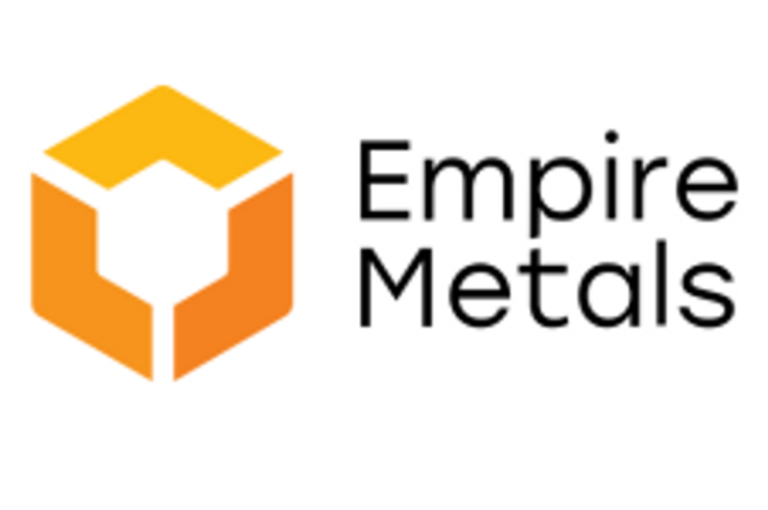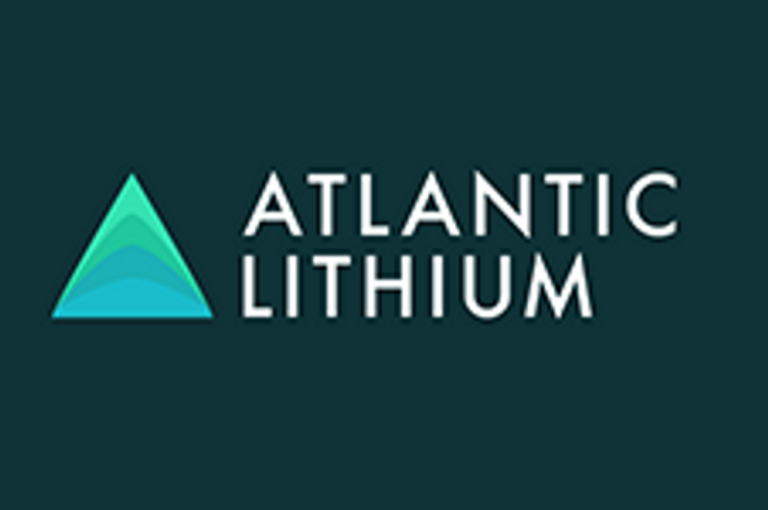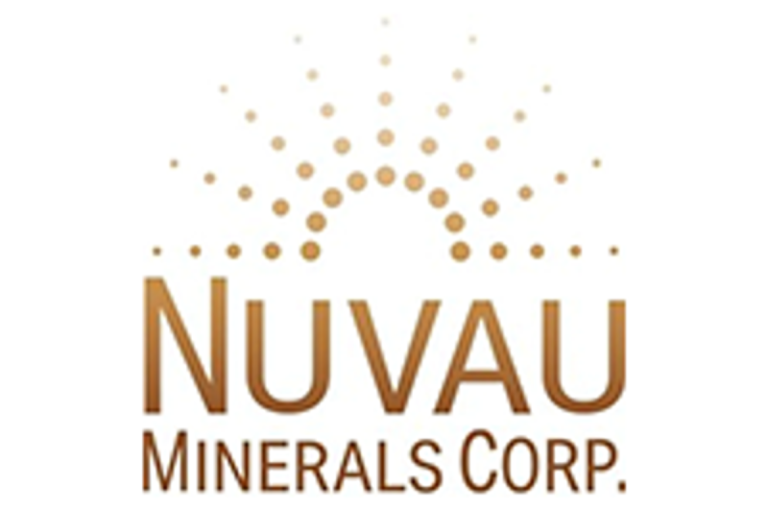Investor Insight
Empire Metals (OTCQB:EPMLF, AIM:EEE) is unlocking one of the world’s largest and purest titanium deposits at its flagship Pitfield project in Western Australia. With growing global demand, a looming supply deficit, and near-term development milestones, Empire offers a compelling investment opportunity in the critical minerals space.
Overview
Empire Metals (OTCQB:EPMLF, AIM:EEE) is an Australian focused exploration and resource development company rapidly gaining international attention for its discovery and rapid development of what is believed to be the world’s largest titanium deposit.
The company is focused on advancing its flagship asset, the Pitfield project, located in Western Australia, a tier 1 mining jurisdiction. With a dominant landholding of more than 1,000 sq km, and a titanium mineral system that spans 40 km in strike length, Pitfield is emerging as a district-scale “giant” discovery with the potential to reshape the global titanium supply landscape.
Empire’s strategic focus on titanium comes at a pivotal time. Titanium is officially recognized as a critical mineral by both the European Union and the United States, owing to its essential role in aerospace, defense, medical technologies, clean energy and high-performance industrial applications. Global demand for titanium dioxide — the most widely used form of titanium — is surging due to its unmatched properties as a pigment and as a feedstock for titanium metal. Titanium supply chains are also increasingly being constrained by geopolitical risks, mine depletion and environmental challenges associated with traditional production. More than 60 percent of the global supply chain is currently concentrated in a handful of countries, notably China and Russia, creating significant vulnerabilities for Western markets.
Titanium has been designated as a critical mineral in both the EU and the US.
Against this backdrop, Empire Metals offers investors a compelling opportunity to gain exposure to a strategically vital metal through a large-scale, high-grade and clean titanium discovery. Unlike many traditional titanium sources, Pitfield’s mineralization is exceptionally pure — free from detrimental amounts of uranium, thorium, chromium and other contaminants — making it ideally suited for premium, high-purity end markets. Furthermore, the mineralized zone is near-surface and laterally extensive, allowing for low-strip and scalable bulk mining with conventional processing technologies.
With more than 22,000 meters of drilling already completed and only a fraction of the mineral system tested, Empire is aggressively advancing Pitfield towards a maiden JORC-compliant mineral resource estimate, targeted for H2-2025. Alongside this work, the company is also undertaking bulk sampling and metallurgical processing to advance flowsheet design and optimize product specifications. It is also engaging with industry players to assess product suitability for premium pigment and titanium sponge markets. Empire is planning to finalize, during the current calendar year, a mining study to evaluate the potential for a low-cost strip mining approach, utilizing continuous mining techniques.
The company is supported by a seasoned leadership team with deep expertise in exploration, resource development, mining, metallurgy and capital markets — ensuring that strategic decisions are guided by both technical excellence and a strong track record of value creation.
Company Highlights
- The flagship Pitfield project is the world’s largest known titanium discovery. It’s a district-scale “giant” titanium mineral system, characterised by high-grade, high-purity titanium mineralisation exhibiting exceptional continuity.
- Titanium is in a global supply deficit and recognized as a critical mineral by the EU and US.
- Drill intercepts at Pitfield include up to 202 meters at 6.32 percent titanium dioxide (TiO2) from surface, confirming vast scale and grade.
- Empire Metals operates in one of the world’s most secure, mining-friendly jurisdictions: Western Australia.
- The company is led by an experienced, agile team, with proven expertise in exploration, mine development, and value creation across multiple commodities.
- With a number of key development catalysts planned for 2025, including a maiden resource estimate, bulk sampling for scale-up of metallurgical testwork, and product optimisation, Empire remains significantly undervalued relative to its peers.
Key Projects
Pitfield Project – A World-Class Titanium Discovery
Located in Western Australia, the Pitfield project is Empire Metals’ flagship asset and represents one of the most exciting titanium discoveries globally. Spanning an area of approximately 1,042 sq km, the project has revealed a colossal mineral system measuring 40 km in length and up to 8 km in width, with geophysical indications of mineralization extending to at least a depth of 5 km.
Pitfield’s prime location in Western Australia
Extensive drilling across the project has intercepted thick, laterally continuous zones of high-grade titanium dioxide mineralization, highlighting the system’s enormous scale and consistency.
The titanium at Pitfield occurs predominantly in the minerals anatase and rutile within a weathered, in-situ cap that begins at surface. These minerals are exceptionally pure, often exceeding 90 percent titanium dioxide. They are free from harmful amounts of contaminants like uranium, thorium, chromium and phosphorus — qualities that are likely to make the deposit uniquely suitable for premium, high-purity titanium applications in aerospace, defense and clean technologies.
Pitfield is strategically located near the town of Three Springs, approximately 150 km southeast of the port city of Geraldton. The project benefits from direct access to essential infrastructure, including sealed highways, rail lines and an available water supply. This connectivity significantly enhances development potential by reducing logistics costs and simplifying future project build-out. Moreover, the Western Australian government actively supports critical mineral development, and Empire is operating within a stable, mining-friendly jurisdiction known for streamlined permitting and investment security.
Empire has completed more than 22,000 meters of drilling, confirming standout titanium dioxide (TiO2) results such as 154 meters at 6.76 percent TiO2, 148 meters at 6.49 percent TiO2, and 150 meters at 6.44 percent TiO2. Notably, mineralization remains open at depth in all tested zones, and to date, only around 5 percent of the interpreted system has been drilled. This underscores the immense upside potential for resource expansion.
The project’s development advantages are equally compelling: the mineralization is near-surface and amenable to simple, bulk mining methods with conventional processing. Its location in a tier-one mining jurisdiction offers access to infrastructure, a skilled workforce and strong regulatory support.
The Pitfield project presents a scalable processing pathway. Photo shows a gravity flotation test in process (left) and a close-up of a flotation test (right)
Pitfield is advancing toward a maiden JORC-compliant mineral resource estimate, expected by H2-2025. The project is already being recognized as a potential cornerstone asset in the global titanium supply chain.
In August 2025, Empire Metals achieved a metallurgical breakthrough, confirming that conventional processing can deliver strong results. Testwork returned 77 percent recovery in the rougher stage, 90 percent in cleaning, and 98 percent titanium dissolution, for an overall 67 percent titanium recovery. The process produced a high-purity TiO₂ concentrate grading 99.25 percent with ~5 percent Fe₂O₃, supporting plans for a lower-cost pilot plant.
Other Projects
In addition to Pitfield, Empire Metals maintains a portfolio of early-stage exploration assets offering optionality and exposure to other strategic and precious metals. Empire holds interests in two Western Australian projects — the Walton and Eclipse gold projects — both situated in historically productive mineral belts. While these assets are not the current focus, they contribute exploration upside and optionality within the company’s broader strategy.
Management Team
Neil O’Brien – Non-executive Chairman
Neil O’Brien is the former SVP exploration and new business development at Lundin
Mining, until he retired in 2018. He has an extensive global mining career as a PhD economic geologist, exploration leader and board executive.
Shaun Bunn – Managing Director
Shaun Bunn is a metallurgist based in Perth, Western Australia, with expertise in international exploration, mining, processing and development. He has a successful track record managing mining projects through all stages of development.
Greg Kuenzel – Finance Director
Based in London, Greg Kuenzel is a chartered accountant, and corporate finance and financial management expert. He has extensive experience working with resources-focused AIM listed companies.
Peter Damouni – Non-executive Director
With more than 20 years of corporate and finance experience focused in the natural resources sector, Peter Damouni holds executive and director roles in TSXV and LSE listed companies where he has played key roles in significantly enhancing shareholder value.
Phil Brumit – Non-executive Director
Phil Brumit is a veteran mining engineer and operations expert, delivering major global operations. His previous roles include international leadership positions at Freeport-McMoRan, Lundin Mining and Newmont Corporation.
Narelle Marriott – Process Development Manager
Narelle Marriott is a former BHP senior process engineer. Most recently, she was the general manager for process development for Hastings Technology Metals.
Andrew Faragher – Exploration Manager
Andrew Faragher is a former Rio Tinto exploration manager with more than 25 years of experience working across multiple commodities.
Arabella Burwell – Corporate Development
Arabella Burwell is a former Senior Director Corporate Development at NASDAQ-listed GoDaddy and a Partner, Capital Raising and Strategic Partnerships, at Hannam & Partners in London and South Africa.
Carrie Pritchard – Environmental Manager
Carrie brings over 20 years of international experience in environmental management, project development, regulatory approvals, and impact assessment. Her expertise spans mine closure and reclamation, stakeholder engagement, and the remediation of contaminated sites. She has led projects across Australia (Western Australia and Victoria) and New Zealand and has also contributed to initiatives in Malawi and Greenland.
David Parker – Commercial Manager
David Parker brings over 20 years of experience in equity capital markets, with a strong focus on the mining, industrial, and technology sectors. He has held senior roles as director and company secretary for several ASX-listed companies, providing strategic leadership and commercial oversight across diverse corporate environments.










